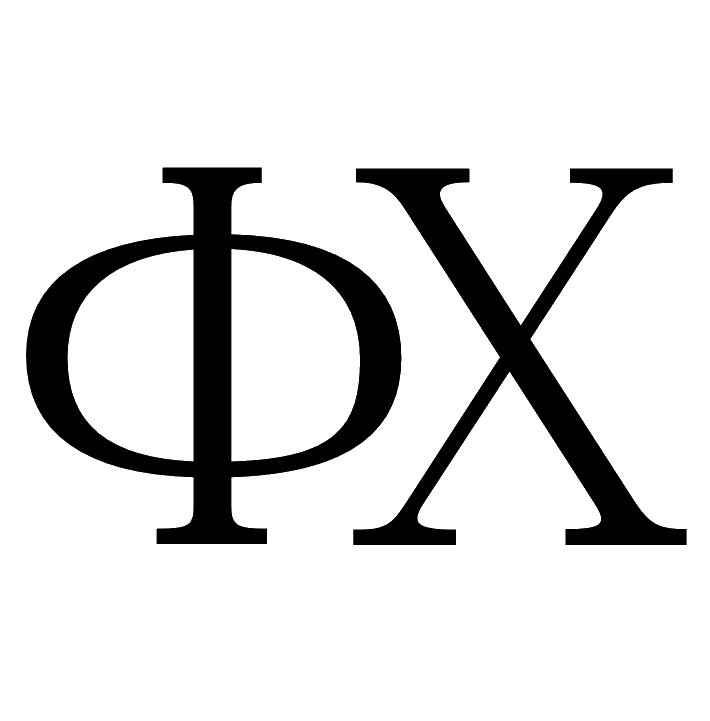Problems of the quantitative assessment of the friction couple contact area
V.O. Belavin, Yu.V. Brylkin, S.V. Zaletaev, A.L. Kusov, V.V. Pavlikov, A.A. Potapov, V.A. Tsarkova
Central Institute of Machine Building
DOI: 10.26456/pcascnn/2024.16.XXX
Original article
Abstract: The results of our research of the surface of steel disks before and after friction are presented. Problems of the friction couple contact area estimation were under consideration. The results of searching a universal criterion of the friction couple contact area quantitative estimation are discussed. Using optical and scanning tunneling microscopy allows studying the surface profile at the micro- and nano-scales. An approach for determination of the contact area between bodies is proposed on the basis of the fractals theory. Such an approach allows to describe the heat transfer between bodies (conductive at contacts and radiant in pores heat exchange), to define the dependence of the friction force on the applied external force. The offered technique for the quantitative estimation of the surface structure at the micro- and nano-scales by means of the fractal theory will allow improving the accuracy of the spacecrafts thermal modes calculation as well as parameters of the knots of friction in them. This, in turn, will positively affect reliability and durability of the future spacecrafts. Improvement of methods in our further work will be aimed at studying tribological properties of the robotic products under the influence of the space factors and validation of the numerical modeling of the friction and heat exchange between mobile knots using results of experiments.
Keywords: tribology, thermal modes, robotics, steel surface, microscopy, fractal analysis, friction couple
- Vladimir O. Belavin – Deputy head of heat exchange and aerogasdynamic complex, Central Institute of Machine Building
- Yuriy V. Brylkin – Ph. D., Head of heat exchange and aerogasdynamic complex, Central Institute of Machine Building
- Sergey V. Zaletaev – Ph. D., Deputy head of department, Central Institute of Machine Building
- Andrey L. Kusov – Ph. D., Head of laboratory, Central Institute of Machine Building
- Vladimir V. Pavlikov – Сhief specialist, Central Institute of Machine Building
- Alexander A. Potapov – Deputy chief of department, Central Institute of Machine Building
- Victoria A. Tsarkova – Head of sector, Central Institute of Machine Building
Reference:
Belavin, V.O. Problems of the quantitative assessment of the friction couple contact area / V.O. Belavin, Yu.V. Brylkin, S.V. Zaletaev, A.L. Kusov, V.V. Pavlikov, A.A. Potapov, V.A. Tsarkova // Physical and chemical aspects of the study of clusters, nanostructures and nanomaterials. — 2024. — I. 16. — P. __-__. DOI: 10.26456/pcascnn/2024.16.XXX. (In Russian).
Full article (in Russian): download PDF file
References:
1. GOST 2789-73. Sherokhovatost' poverkhnosti. Parametry i kharakteristiki [Surface roughness. Parameters and characteristics]. Moscow, USSR National Committee on Standards at the Cabinet of Ministers, 1973, 14 p. (In Russian).
2. Ivanov G.S., Brylkin Yu.V. Fraktal'naya geometricheskaya model' mikropoverkhnosti [Fractal geometric model of microsurface], Geometriya i grafika [Geometry & Graphics], 2016, vol. 4, no. 1, pp. 4-11. DOI: 10.12737/18053. (In Russian).
3. Chichinadze A.V., Braun E.D., Bushe N.A. et al. Osnovy tribologii (trenie, iznos, smazka) [Basics of tribology (friction, wear, lubrication)], ed. by. A.V. Chichinadze. Moscow, Mashinostroenie Publ., 2001, 664 p. (In Russian).
4. Jourani A. Effect of 3D fractal dimension on contact area and asperity interactions in elastoplastic contact, AIP Advances, 2016, vol. 6, issue 5, pp. 055309-1-055309-10. DOI: 10.1063/1.4949564.
5. Pan W., Li X., Wang L., Mu J., Yang Z. Influence of surface topography on three-dimensional fractal model of sliding friction, AIP Advances, 2017, vol. 7, issue 9, pp. 095321-1-095321-12 DOI: 10.1063/1.4999036.
6. Frank M., Papanikolaou M., Drikakis D., Salonitis K. Heat transfer across a fractal surface, The Journal of Chemical Physics, 2019, vol. 151, issue 13, pp. 134705-1-134705-10. DOI: 10.1063/1.5115585.
7. OST 92-1296-82. Materialy metallicheskie i nemetallicheskie. Metod opredeleniya koeffitsienta treniya i iznosa v vakuume [Metallic and non-metallic materials. Vacuum friction ratio and wear assessment method]. Korolev, TSNIIMASH Publ., 1982, 41 p. (In Russian).
8. Mandelbrot B.B. The fractal geometry of nature, 3rd ed. New York, Henry Holt and Company, 1983, 468 p.
9. Brylkin Yu.V., Kusov A.L. Modelirovanie struktury rel'efa real'nykh poverkhnostej na osnove fraktalov v aerodinamike razrezhennykh gazov [Modeling of the real relief surfaces structure, based on fractals in the aerodynamics of rarefied gases], Kosmonavtika i raketostroenie, 2014, no. 3 (76), pp. 22-28. (In Russian).
10. Brylkin Yu.V., Kusov A.L. Issledovanie mikro- i nanostruktury poverkhnosti mednogo splava s ispol'zovaniem teorii fraktalov [Analysis of microand nanostructure of copper alloy surface by using the fractal theory], Kosmonavtika i raketostroenie, 2016, no. 5 (90), pp. 89-95. (In Russian).
11. Feder J. Fractals, Physics of Solids and Liquids. New York, Springer, 1988, xxvi, 284 p. DOI: 10.1007/978-1-4899-2124-6.
12. Torkhov N.A., Novikov V.A. Fractal geometry of the surface potential in electrochemically deposited platinum and palladium films, Semiconductors, 2009, vol. 43, issue 8, pp. 1071-1077. DOI: 10.1134/S106378260908020X.
13. Sdobnyakov N.Yu., Antonov A.S., Ivanov D.V. Morfologicheskie kharakteristiki i fraktal'nyj analiz metallicheskikh plenok na dielektricheskikh poverkhnostyakh: monografiya [Morphological characteristics and fractal analysis of metal films on dielectric substrates: monography], Tverб Tver State Unibersity Publ., 2019, 168 p. (In Russian).
14. Ivanov D.V., Antonov A.S., Semenova E.M. et al. Poluchenie nanorazmernykh plenok platiny, obladayushchikh fraktal'nymi svojstvami [Obtaining nanosized platinum films with fractal properties], Fiziko-khimicheskie aspekty izucheniya klasterov, nanostruktur i nanomaterialov [Physical and chemical aspects of the study of clusters, nanostructures and nanomaterials], 2020, issue 12, pp. 73-88. DOI: 10.26456/pcascnn/2020.12.073. (In Russian).
